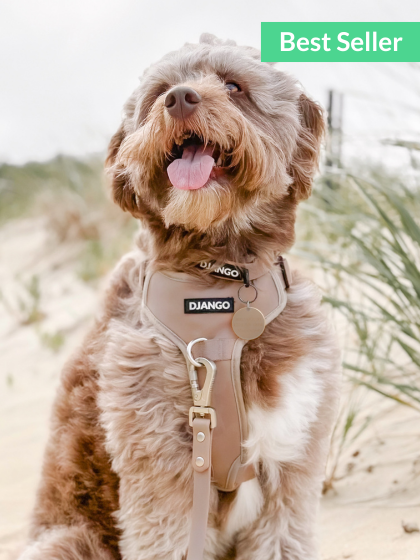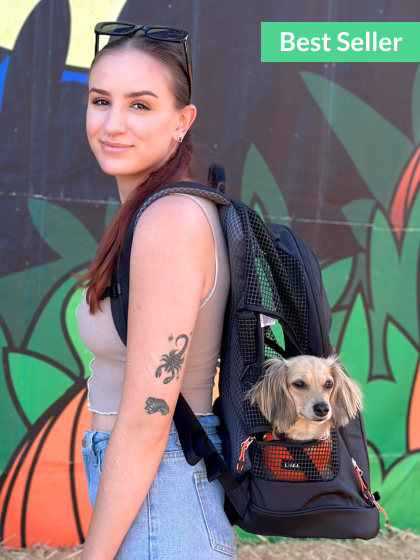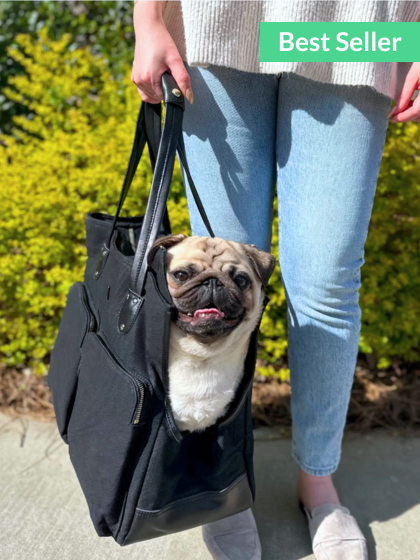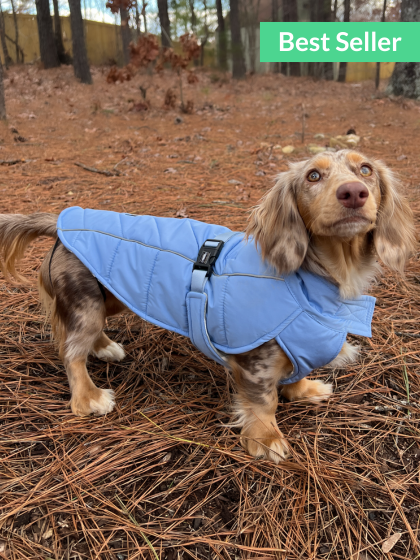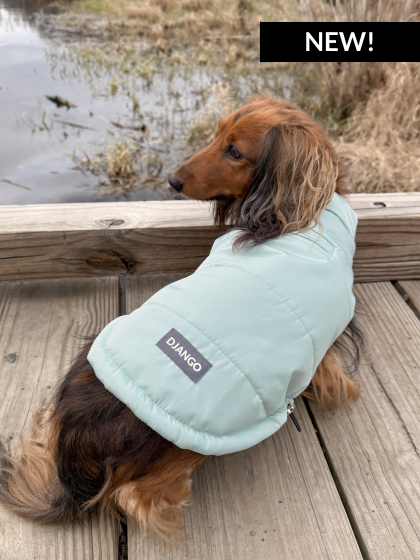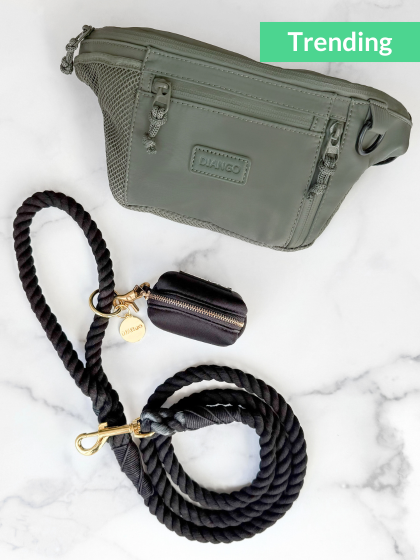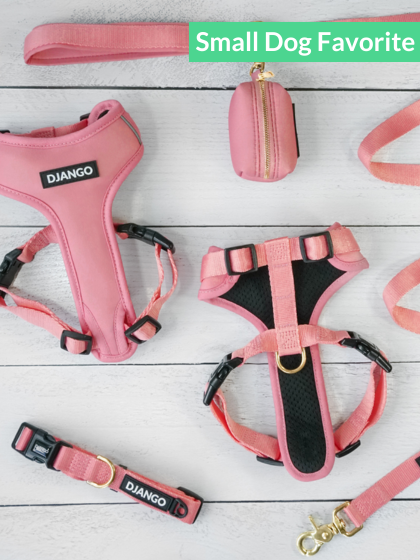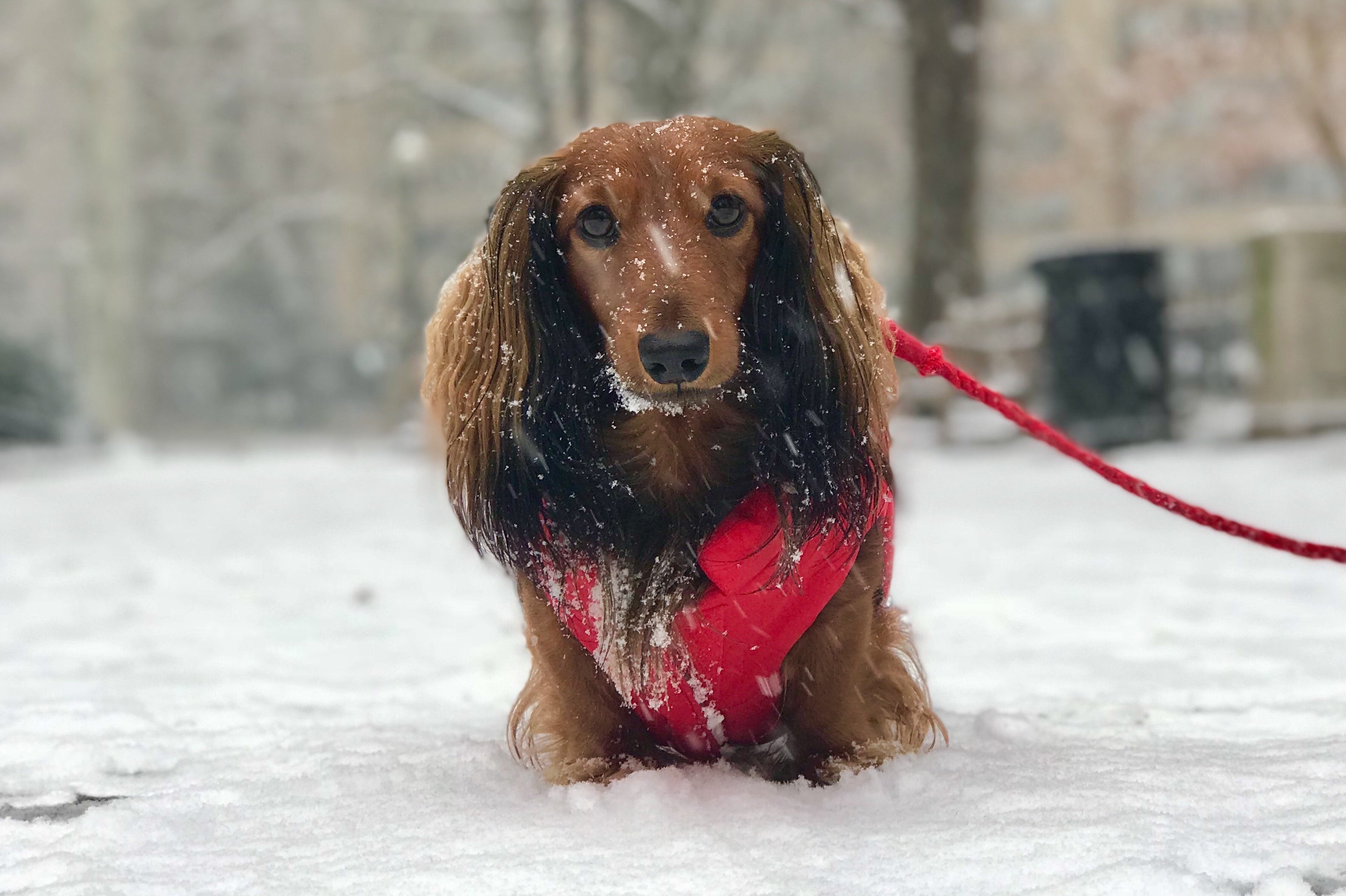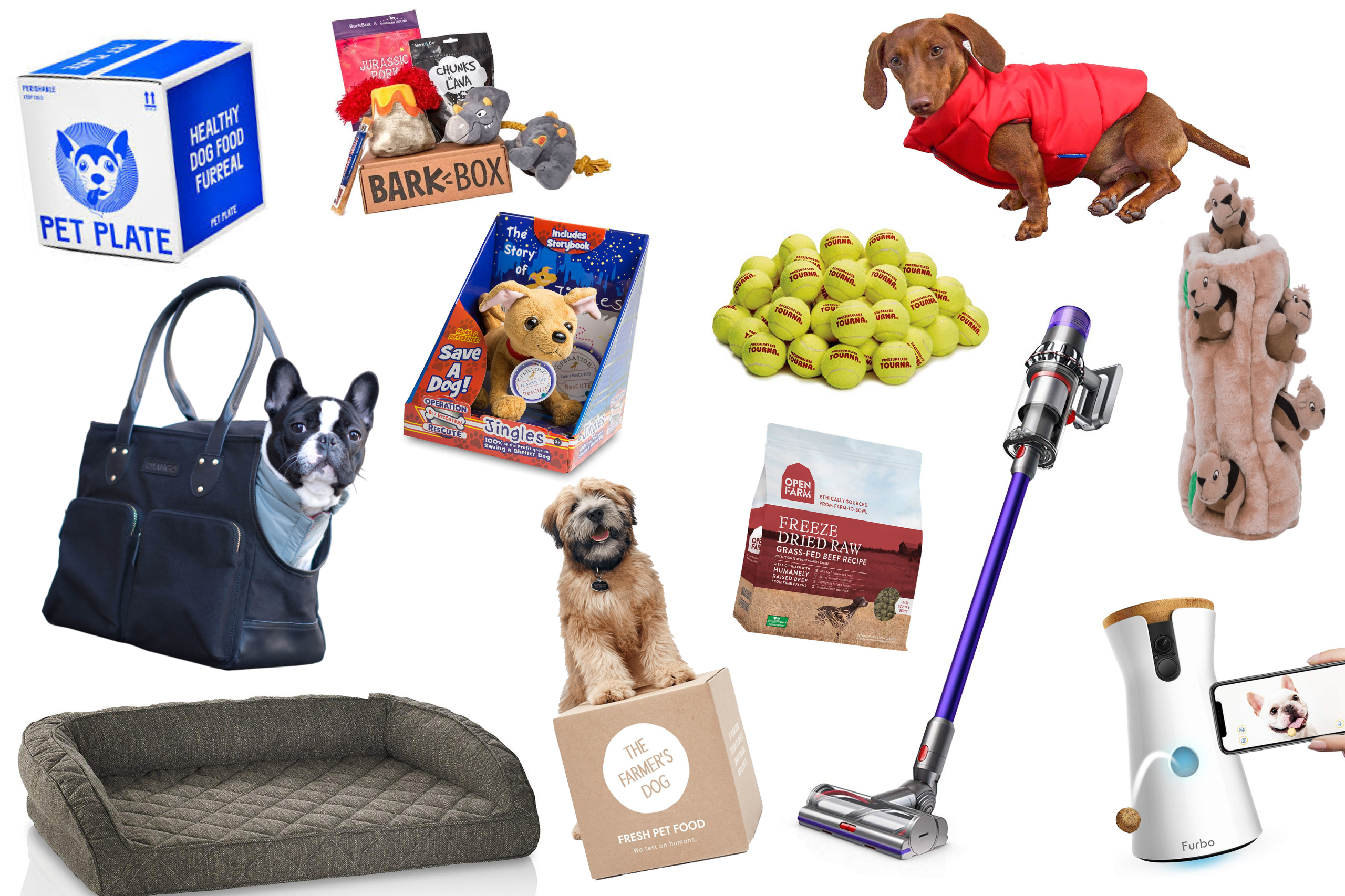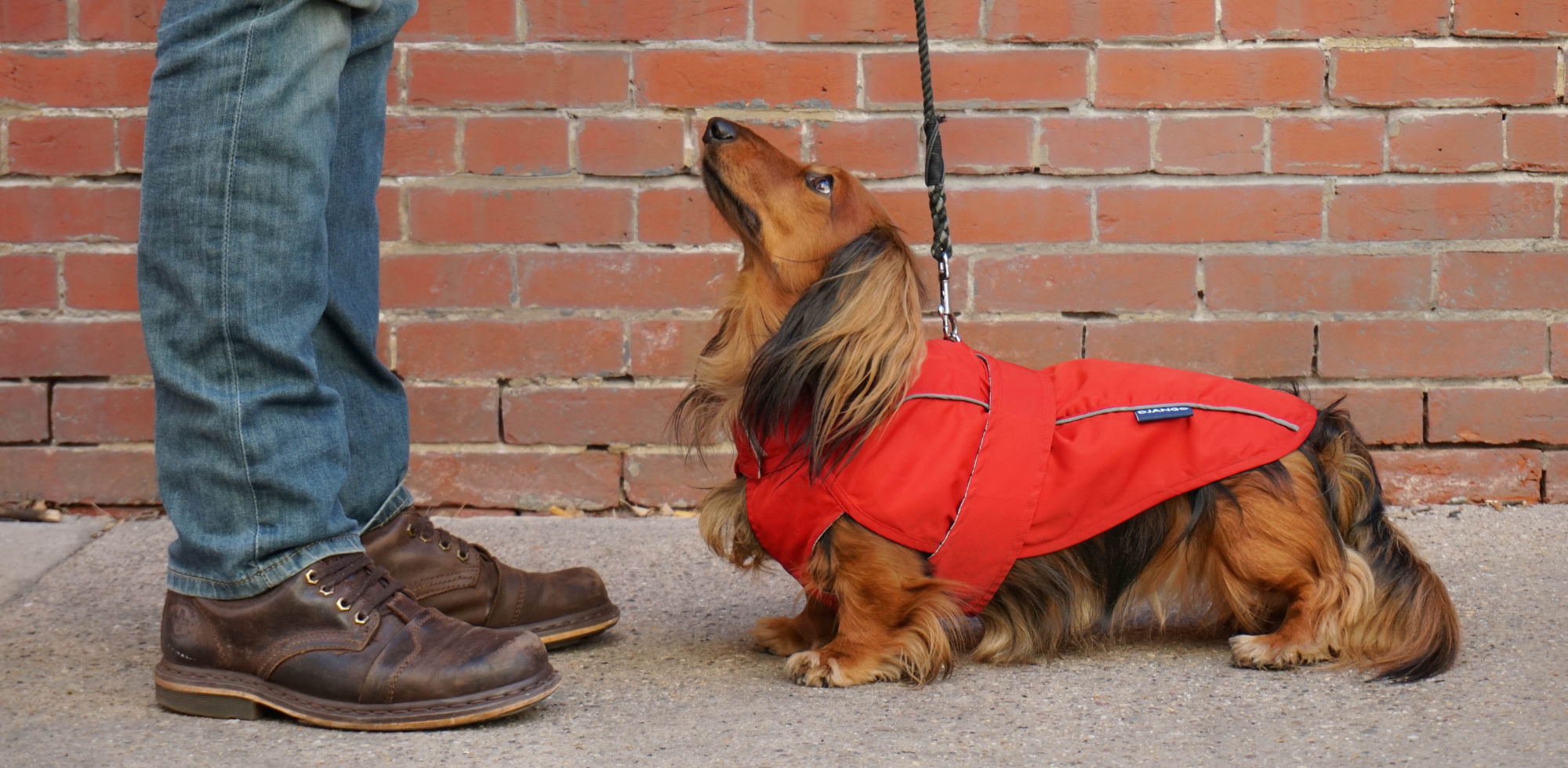Just how cold do dogs get in the fall and winter months? Many people believe that dogs are naturally protected from the elements. While certain breeds are biologically equipped for winter conditions - Alaskan Malamutes, Siberian Huskies, and Bernese Mountain Dogs to name a few - most dogs are just as sensitive to the cold as we are.
How cold is too cold?
As a rule of thumb, if it is too cold for you to be outside, then it is too cold for your pup. Hairless or short-coated dogs with no undercoat, toy breeds, dogs with low body fat, and dogs with short legs are most vulnerable and can easily get hypothermia if left outside in freezing temperatures.
Puppies, older dogs, and those with ailing health should also be bundled up in the winter months. The cold can exacerbate existing medical conditions including arthritis. Lastly, dogs that were raised in warm climates - even mountain dogs and huskies - may not do well in extreme cold.
How to Keep Your Dog Warm This Winter
-
Insulating Dog Coats and Apparel. Keep your dog warm and protected with dog coats, rain jackets, and other insulating dog apparel. Small dogs, dogs with short hair, puppies, and senior dogs have most difficulty controlling body heat and are in extra need of layers during the cold weather months. High quality performance dog coats like DJANGO's best selling Reversible Puffer Winter Coat (below) and City Slicker All-Weather Jacket (main image above) will protect your dog and enable safer and warmer outdoor adventures. In sub-zero degree temperatures Consider pairing your dog's winter coat with a comfortable dog hoodie or sweater.

- Protective Paw Covers. When it snows, consider using boots or some kind of protective paw cover. One option is PawZ by Top Paw - these rubber slip-on booties prevent paws from getting too cold and full of snow. They also prevent sidewalk salt from getting stuck in the paws. You can find PawZ on Amazon.com, Chewy.com, and in many local retail pet outlets including PetSmart. Keep in mind PawZ run snug. Django is 14 lbs and wears a size small. Looking for another high quality winter dog boot? We rounded up the best paw protectors and winter dog boots here.
- Limit Time Outside. On particularly freezing cold days, shorten the length of walks and encourage more indoor exercise like fetch, tug-of-war, and even hide-and-go-seek.
- Winter Grooming and Rub-Downs. Any time your dog is wet, dry him or her thoroughly with a towel. Just like humans, dogs are susceptible to chills and illness if they stay cold and damp for too long. If your dog refuses to wear booties outside in the snow, consider leaving a warm bowl of water by your front door. This will help you easily remove any snow, ice and deicers that your dog may have picked from the street or sidewalk.
-
Keep Warm Indoors. Insulating bedding will help keep your dog warm when temperatures drop at night. If indoor temperatures remain cold during the day, use a non-restrictive dog hoodie or soft and comfortable dog coat like our Reversible Puffer Winter Dog Coat. If you use space heaters or wood burning stoves, make sure these are out of your dog's way.


